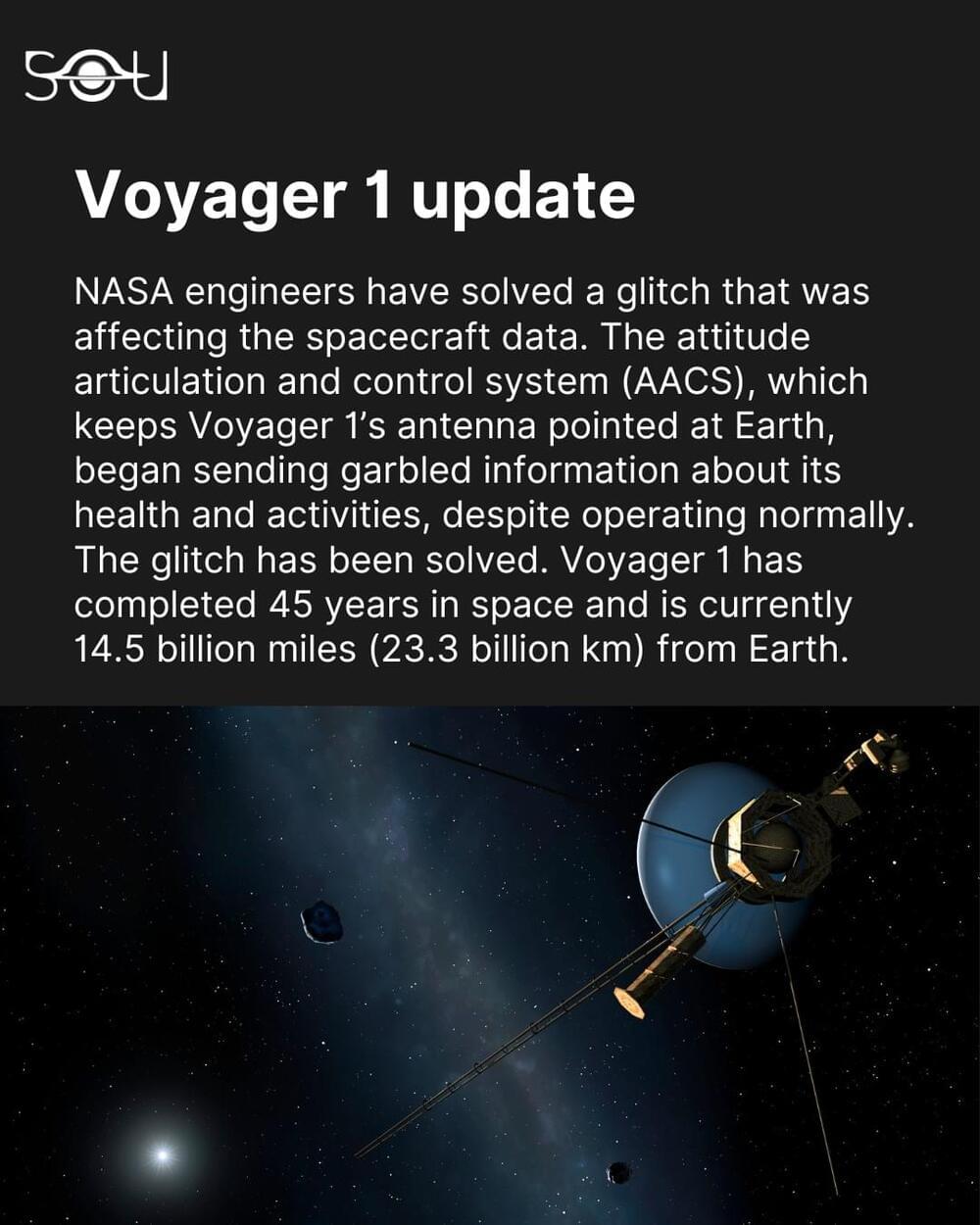California-based StepFunction, which helps enterprises improve customer retention rate, has raised $5 million.
Were you unable to attend Transform 2022? Check out all of the summit sessions in our on-demand library now! Watch here.
Modern-day software-as-a-service (SaaS) enterprises are racing to acquire new users and convert them into paying customers. The rush is great for the industry, but it has also left many organizations looking at only half of the picture.
Case in point: The extensive focus on gaining new paying customers but not so much on post-sale constructs — including customer success, customer care and professional services — could not only improve customer retention but also help grow the business at the same time.
This post is also available in:  עברית (Hebrew)
עברית (Hebrew)
China has developed the world’s largest electric-powered quadruped bionic robot, which is expected to join logistics delivery and reconnaissance missions in complex environments that have proven too challenging for human soldiers, including remote border regions and highly risky combat zones, analysts said.
In December, China announced that it would work to become a leading global player in robotics by 2025 under a five-year plan.
Despite the challenges of operating a 45-year-old spacecraft, NASA says the team is working to keep it operational and returning new science.








